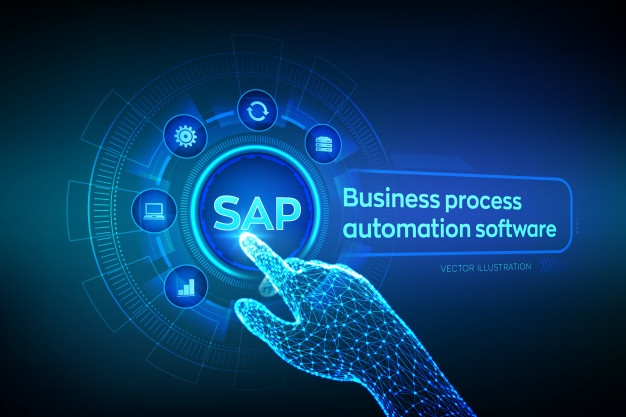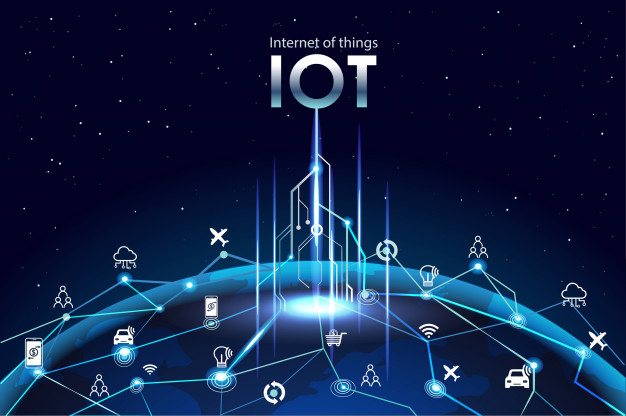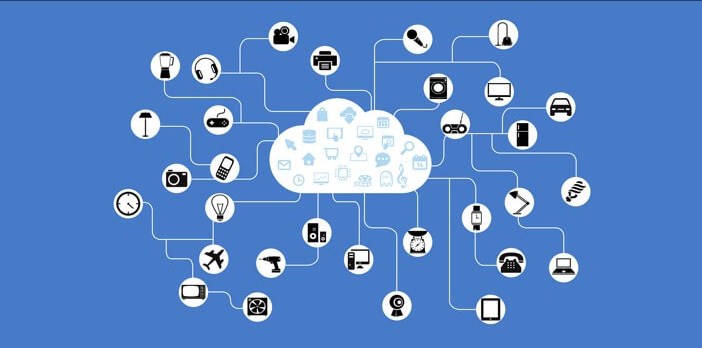Everyday research is getting us new technologies, advanced digitalization. The idea behind is making business more ease, profitable and faster. We can’t just rely on one technology; it should be a combination of technologies and practices. SAP is highly used by most of the business worldwide.
What is SAP? SAP or SAP ERP is software made by SAP SE, a multinational software company that is currently the market leader in the enterprise resource planning (ERP) field. SAP was started in 1972 by five former IBM employees in Mannheim, Germany. The original name for SAP, Systeme, Anwendungen und Produkte in der Dataverarbeitung, translates from German to “Systems, Applications, and Products in Data Processing.”

The company currently serves more than 180 countries. A majority of the customers are small-and-medium-sized businesses (SMB). The company offers on-premises, cloud and hybrid deployment models, with cloud computing options being the focus for the company’s future.
We all know SAP Leonardo the most happening technology from SAP. It’s just incredible. It is a brand for a family of innovative products in the area of IoT, Machine Learning, Analytics, Blockchain. If we talk about SAP HANA (high-performance analytic appliance) is an application that uses in-memory database technology that allows the processing of massive amounts of real-time data in a short time.
Digital Transformation is not a destination for SAP, but an on-going journey to evolve along with new technologies like Design Thinking services, Machine learning, Big Data, IoT, Data Intelligence, BlockChain and Analytics to run the enterprise smarter, smoother and completely digital. SAP has different modules and sub-modules.

Now what is IoT “Internet of Things is the network of physical objects that contain embedded technology to sense and interact with their environment and each other to collect and exchange data to make our lives better“. Therefore, there’s connectivity, sense, an action that happens, data storage, data analysis, and sharing. All these actions come together to make an environment where our lives are improved in some way.
Let’s learn a few IoT facts
- The term IoT was coined by Kevin Ashton from MIT in 1999.
- ATMs – considered as some of the first IoT objects, and they went online as far back as 1974.
- For an object to be labeled as an IOT object, 7 features like Sensors, Internet connectivity, Processors, Energy efficiency, Cost-effectiveness, Quality, Reliability, and Security are compulsory
- IoT combines advancements in areas like artificial intelligence, natural language generation, robotics, drones, virtual and augmented reality, and the areas where rapid innovation is happening right now.
How does IoT work?
The working of IoT is simple. Each component plays a vital role in working.
1. Sensor
A sensor detects an event and transmits the data directly to a backend system or via the help of a gateway.
2. Gateway
Gateways are communication devices for sensors that cannot connect directly to back-end systems. So a gateway connects and receives data from locally connected sensors via communication protocols like Bluetooth Low Energy or ZigBee.
3. Back-end System
Back-end systems process the data and connect them with other business data. So back-end systems typically contain enterprise resource planning systems, also known as ERP, which runs the day-to-day of the business. And back-end systems can also contain IoT platforms to process IoT sensor data. The data will be transmitted to the back-end systems. Companies use back-end systems like customer relationship management (CRM), human capital management (HCM), and supply chain management (SCM), and they use all these different systems to run their business.
4. Application Layer
The application layer can analyze the data from the back-end systems and, based on the result, a corresponding action can be initiated to improve the business.
So IoT is a blessing in Modern life.

Enterprises and service providers have been looking at IoT as a key enabler to drive digital transformation and to unlock the operational efficiencies. Advances in Artificial Intelligence coupled with ubiquitous connectivity and real-time communication are enabling exponential growth inefficiencies generated by IoT. As machines and products have started communicating with each other without any human intervention, the real value of data is getting generated through better and faster decision-making, predictive analytics and automation. Enabled by an exponential increase in computing power and availability of large amounts of data, machines are fast learning to replace humans in several areas. This “intelligence” is moving away from central server farms into devices and things that will soon become a part of our everyday lives. These devices will potentially negotiate their way in our world via “smart contracts” and without any significant human intervention.
How future trends are shaping key sectors
- IoT is enabling new ways to monitor, manage and control devices. It is enabling real-time monitoring of the product performance leading to better insights and faster development of new products.
- IoT, combined with powerful analytics, is also automating and improving the decision-making in businesses.
- Presently, most of the IoT data is being used for anomaly detection and control, whereas in the future, the data may be used for predictive analysis and optimizations, which may generate opportunities for new and innovative business models.
- IoT deployments also raise questions around data security and privacy and the wider adoption of IoT requires policies and frameworks to handle these concerns.
- The penetration of future technology trends is shaping how the key sectors are evolving today.
IoT is going to explode by 2020 with such growth projections. With it being labeled as the “Next Industrial Revolution”.

The first 15 industries going to transformed with IoT by 2020 are;
- Transportation
- Retail
- Logistics
- Hospitality
- Healthcare
- Smart buildings
- Banks
- Home automation
- Food and Beverage
- Agriculture
- Insurance
- Defense
- Infrastructure
- Utilities
- Manufacturing
AccuDB is providing the best email list of all the latest technology email lists. Contact for further discussion and collaboration.





